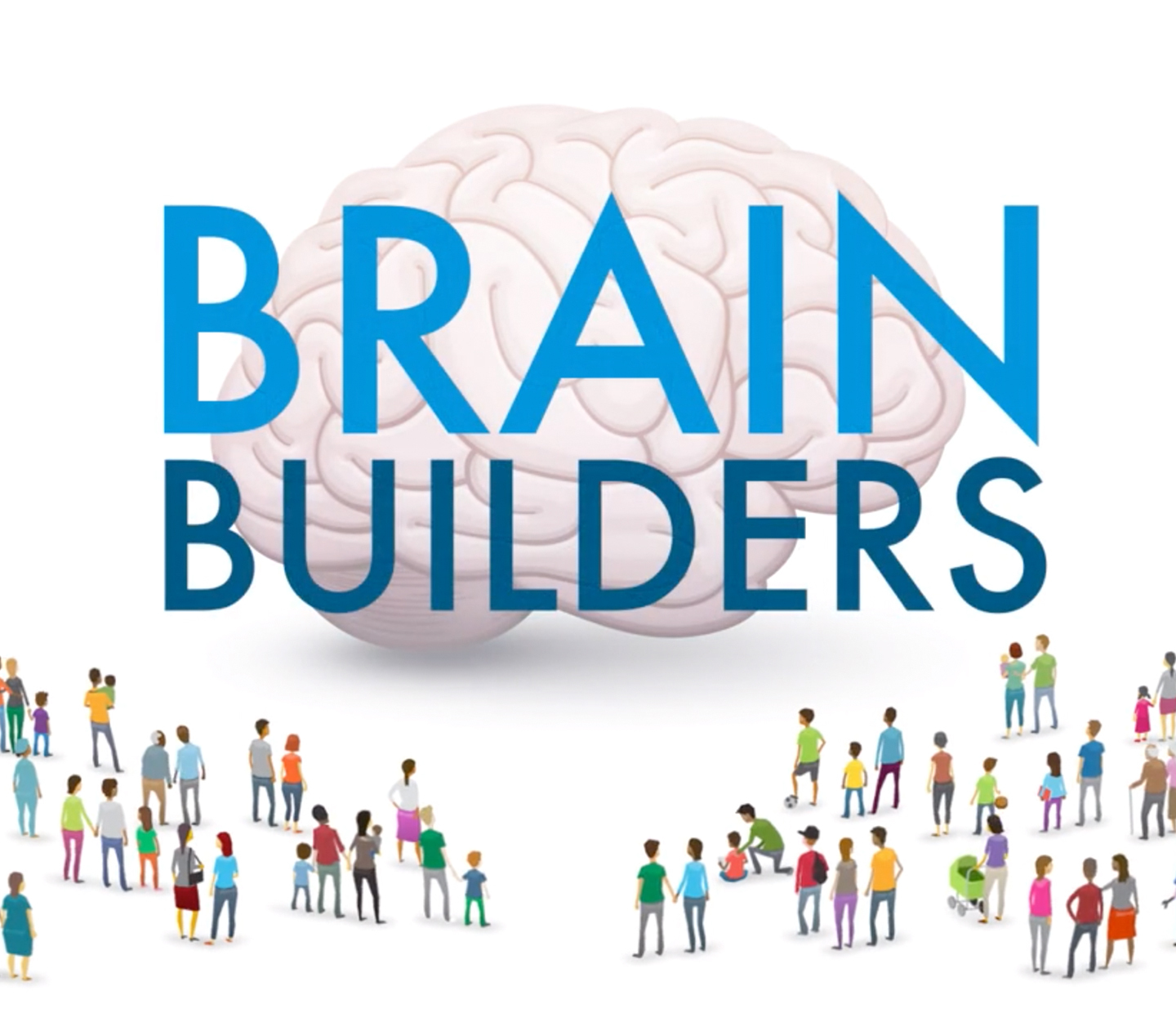You Can’t Make a Vaccine in Your Kitchen
But You Can Learn the Recipe for More Resilient Communities
Take Brain Story Certification for free
Sign Up NowBuild Resilient Brains in Your Family and Your Community
Resilience is our capacity to manage during times of adversity. It’s something that gets built into our brains by our life experiences. The Alberta Family Wellness Initiative is an organization dedicated to using science to improve resilience in our communities. Acting now to build better brains in your family or your community is more important than ever.
You can start by learning how life experiences change how our brains get built.
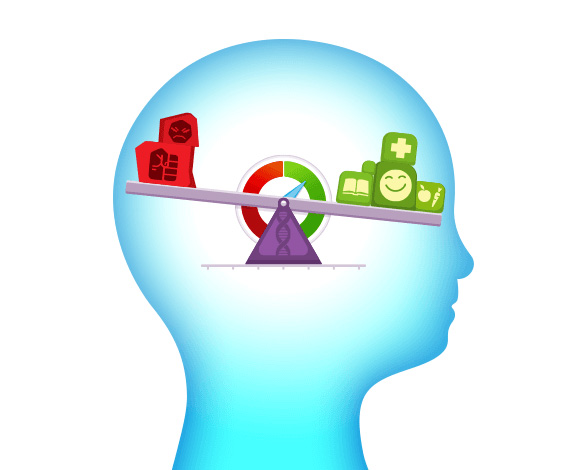
Where Does Resilience Come From?
Resilience comes from a combination of positive supports that surround us, the skills and abilities we’ve learned, and the life experiences we’ve had up until now.
Imagine that each of us has a scale where these things add up to our capacity for resilience. This “resilience scale” applies at the individual level, the family level, and the community level. The supports we put in place to improve resilience for everyone help determine the collective health and economic wellbeing of our communities.
How to Build Resilience
For our families and communities, there are three ways we can act to tip the resilience scale in a positive direction.
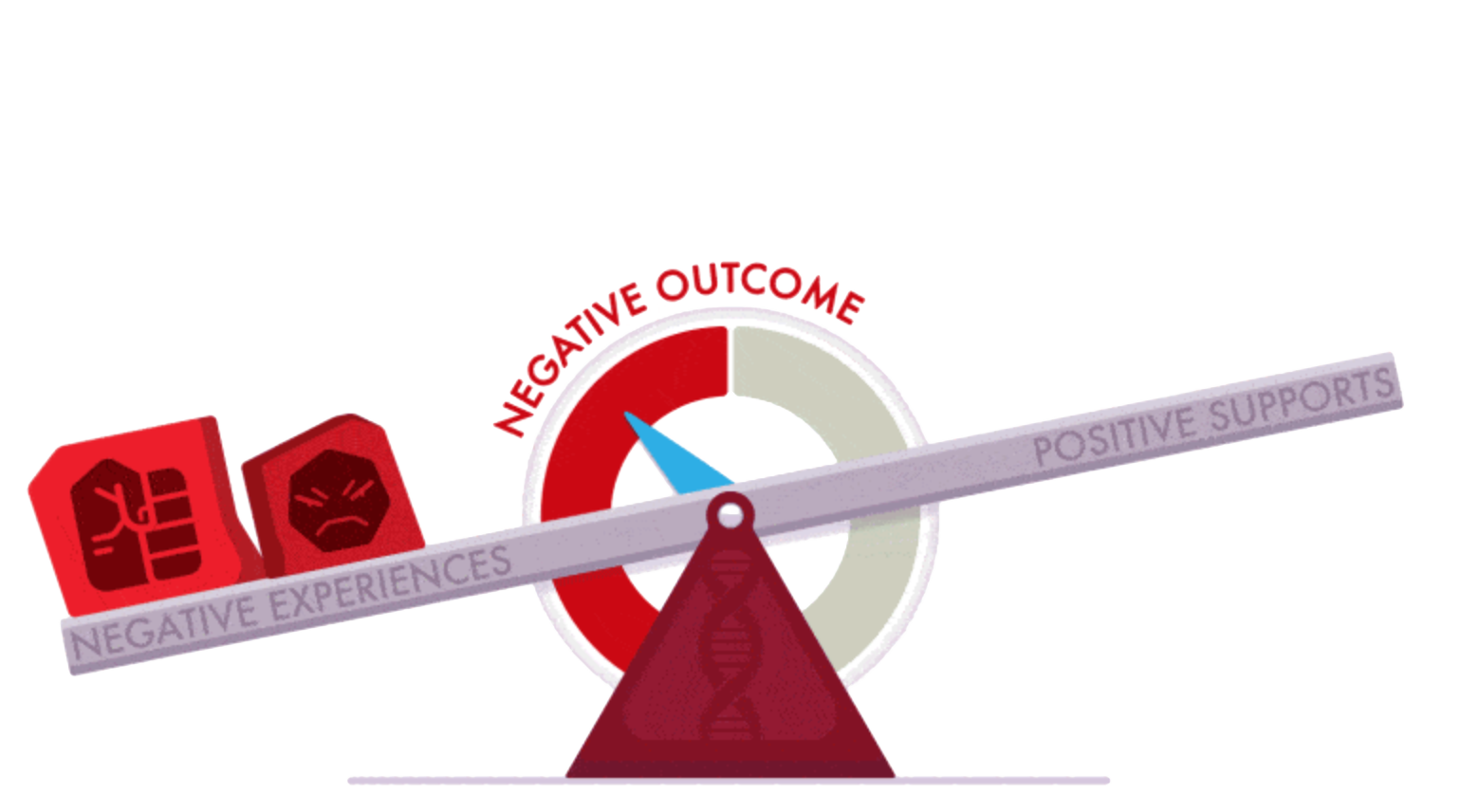
Reduce Adversity
Adversity, such as abuse, neglect, or growing up in a home with parents who struggle with a mental illness, can lead to toxic stress. When toxic stress experiences are piled on the scale, they can lead to poor health later in life. Actions to prevent toxic stress, or to help a person cope through stressful events, position the scale for better resilience. This is especially important in childhood when toxic stress can disrupt developing brain architecture.
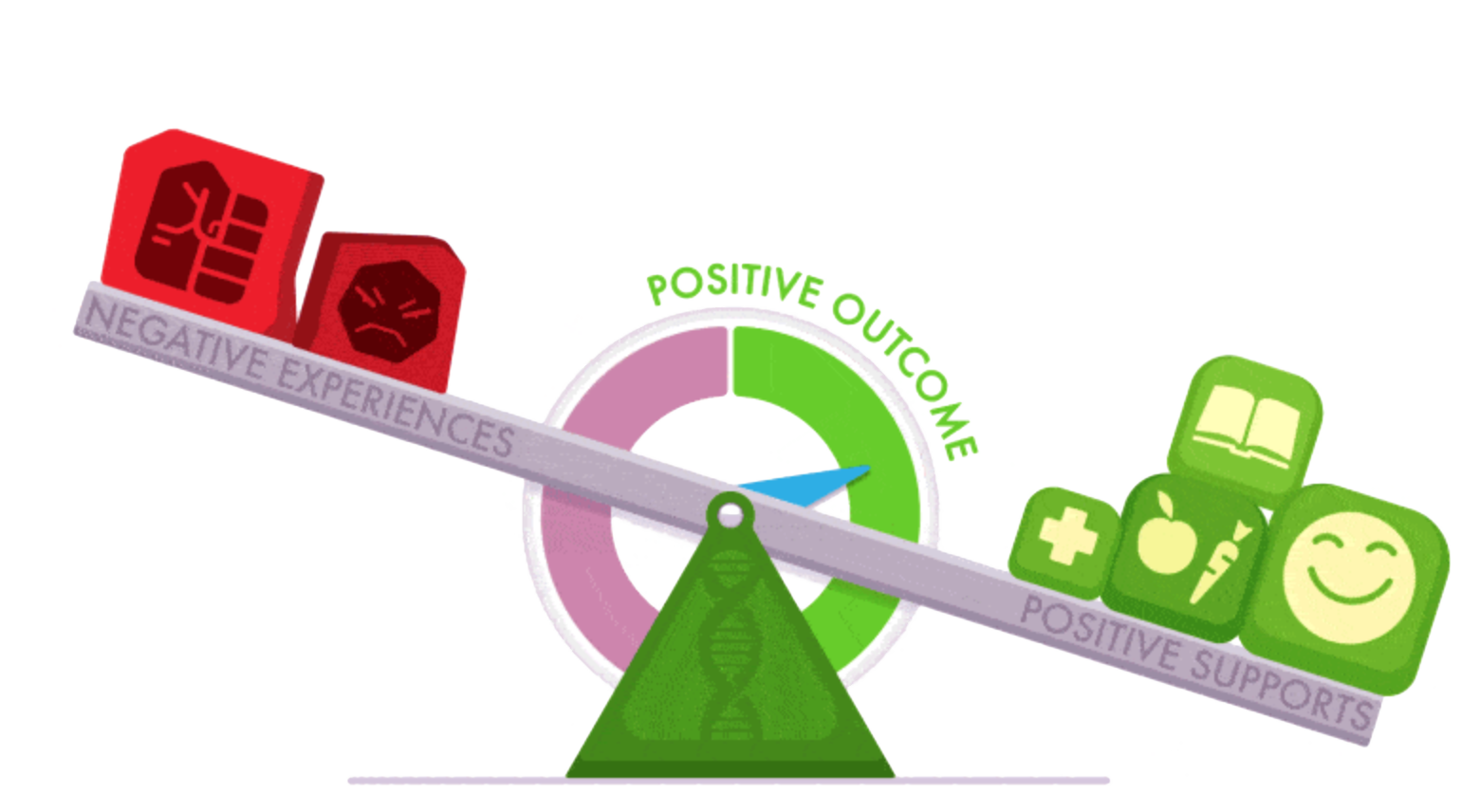
Add Positive Supports
Positive supports, such as relationships with teachers and access to healthcare and recreation, tip the balance for better life outcomes. Supports that encourage “serve and return” interactions are the building blocks of resilience.
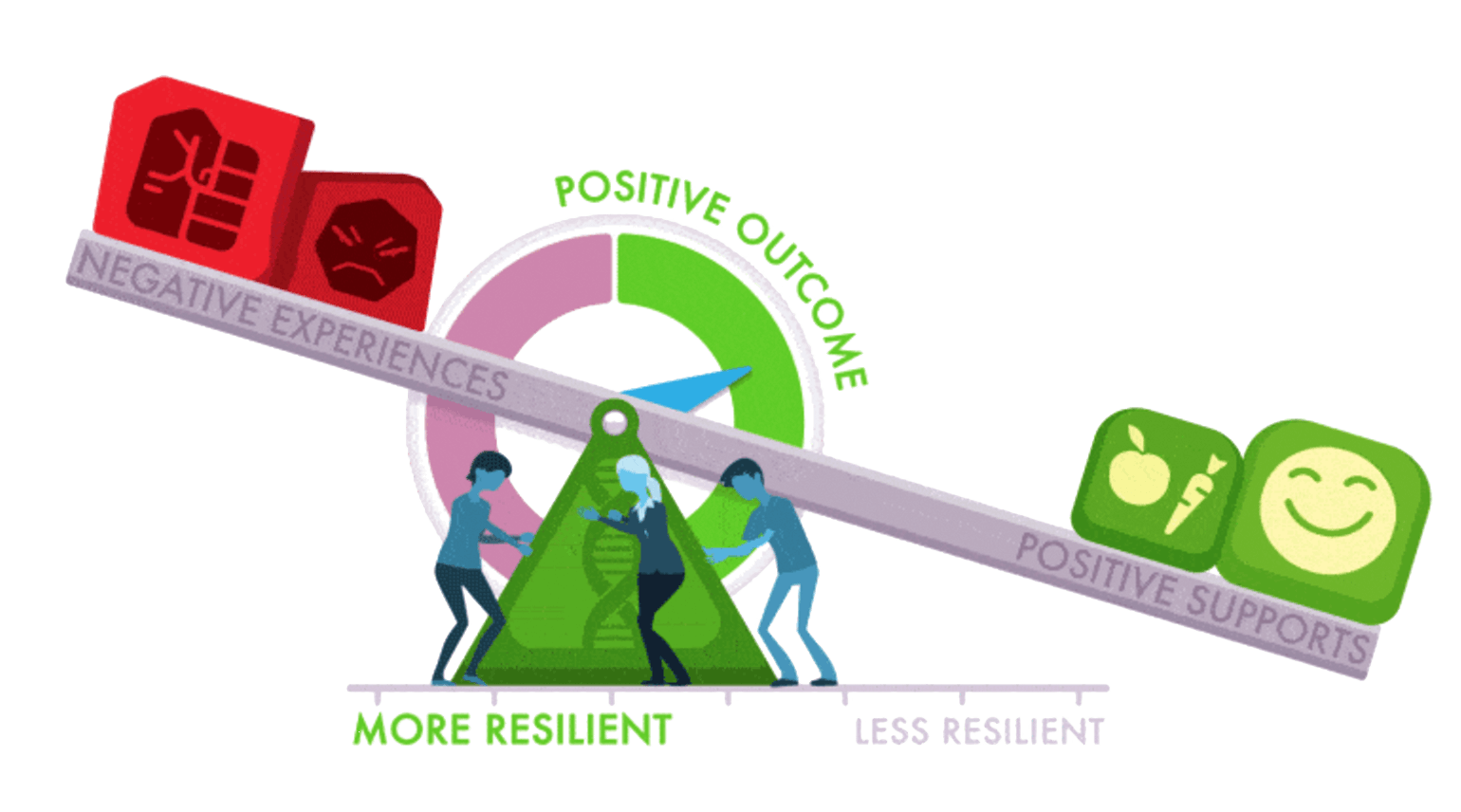
Improve Skills and Abilities
Long-term improvements in resilience happen when we help children or adults build skills and abilities. This is like shifting the fulcrum of the resilience scale so that the burdens of past adversity have less negative leverage. One of the goals is to support executive function or “air traffic control” in the brain.
Become an Expert in Resilience
Would you like to learn more about the science of resilience, brain development and their consequences for lifelong health? Sign up for our free online course and learn from leading experts in the field.
Learn More
